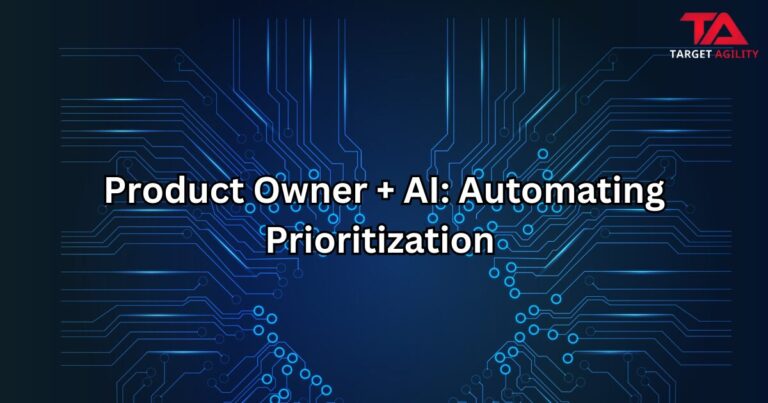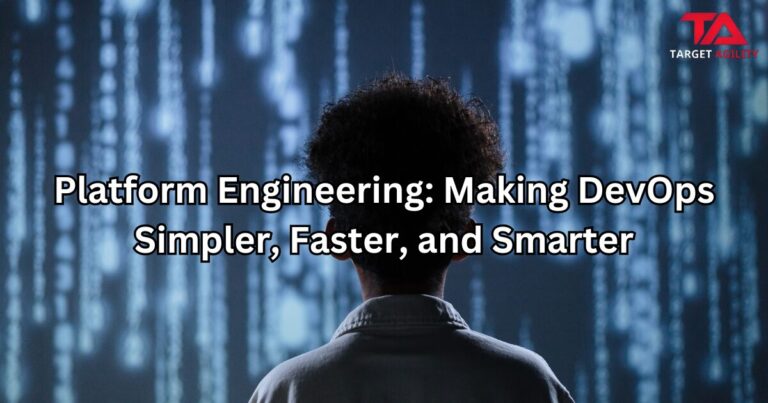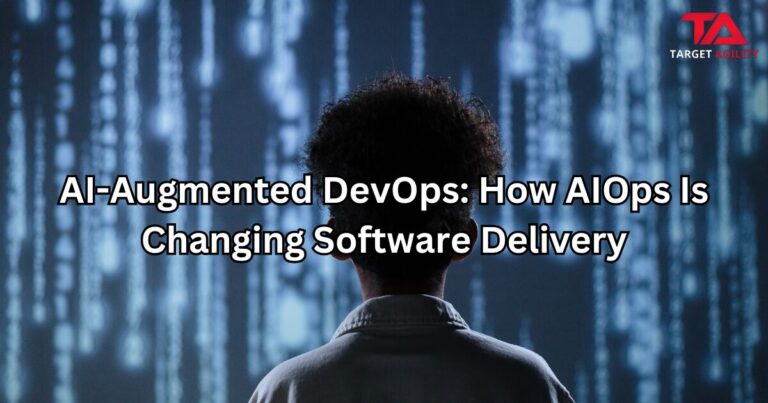For years, teams treated security like a finishing touch — something to check only after the product was ready to ship. That mindset doesn’t work anymore. With constant updates, rapid deployments, and complex cloud systems, waiting until the end to think about security is a disaster waiting to happen.
That’s why modern teams are adopting DevSecOps — short for Development, Security, and Operations. The idea is to make security a natural part of every step of software development, not an afterthought. This shift is often called “Shift-Left Security”, meaning security starts earlier in the process, or “left” on the timeline.
Why Security Needs to Start Early
The logic is straightforward — fixing problems early is always cheaper, faster, and safer.
If you find a vulnerability while coding, you can patch it in minutes. But if it’s discovered after deployment, it could cost thousands, damage your reputation, or even expose sensitive data.
Shift-left security ensures that everyone shares responsibility for security, not just the security team. Developers use automated tools to detect vulnerabilities as they code. Security policies are baked into pipelines. And operations teams ensure that production stays safe and monitored. It’s a collaborative effort across the entire DevOps cycle.
What DevSecOps Actually Means
DevSecOps isn’t just another buzzword — it’s a way of working where:
- Developers write code that’s secure by design.
- Security teams set policies and automate checks instead of manually reviewing everything.
- Operations handle infrastructure in ways that maintain strong protection and compliance.
The result? Faster releases, fewer last-minute surprises, and better coordination between teams who used to work in silos.
Core Practices That Make DevSecOps Work
- Policy-as-Code (Security as Code)
Security rules are written in code and automatically enforced in pipelines. This makes them consistent, version-controlled, and easy to audit. - Automated Compliance
Compliance checks — like GDPR or ISO — run automatically within CI/CD pipelines. No more waiting for slow manual reviews or audit days. - Code Scanning (SAST & DAST)
Tools continuously scan your applications both at build time and runtime to catch vulnerabilities early and often. - Dependency and Container Scanning
Every third-party library and container image gets checked for known security risks, keeping builds clean without slowing down development. - Runtime Protection and Monitoring
Even with all precautions, attacks can still happen. Real-time monitoring and self-protecting applications detect and stop threats before they cause damage — and feed data back to developers to improve resilience.
Why DevSecOps Makes a Difference
- You release faster: Security checks are automated, not blockers.
- You reduce risks: Issues are caught before deployment, not after.
- You stay compliant: Every release leaves an automatic audit trail.
- You build trust: Teams and customers know the system is protected.
DevSecOps turns security into part of the development DNA — not a separate department that slows things down.
Common Challenges (and How to Avoid Them)
Like any major shift, DevSecOps isn’t plug-and-play.
- Too many tools: Integrating everything without overwhelming developers is key.
- Lack of training: Teams need to understand why security matters and how to apply it.
- Overreliance on automation: Tools help, but human judgment is still essential.
Success depends on finding balance — between automation and awareness, speed and caution, flexibility and governance.
The Bottom Line
DevSecOps is the future of secure software delivery. It’s not about slowing teams down — it’s about removing the need for emergency fixes later. By building security into code, tests, and pipelines from day one, teams create safer systems and more confident releases.
In a world where every second counts and every vulnerability can be exploited, shifting security left isn’t optional — it’s survival.
When done right, DevSecOps turns security from a bottleneck into a competitive advantage.











